Review: WeBoost Eqo In-Home Signal Booster
Apr 20, 2016, 2:00 PM by Eric M. Zeman

WeBoost's Eqo signal booster promises to improve cellular coverage in your home or apartment. Consisting of a booster and antenna, the whole system fits most average dwellings. If you need a few more bars to connect calls, the WeBoost may be what you need. Here is Phonescoop's in-depth report.
Who Is This For?
The WeBoost Eqo is meant to improve in-home cellular coverage, which makes it a helpful tool for those who have poor or spotty reception in their house. If you don't have WiFi and want or need better cellular performance from your phone when at home, the WeBoost can help.
Preamble
Finding a strong cell signal is a lot easier than it used to be. The major carriers have spent the last decade furiously improving their networks around the country. At this point, 4G is available in most places people tend to go. Even so, coverage isn't universal, especially indoors. Enter WeBoost.
WeBoost — previously known as Wilson Electronics — has made signal boosters for ages. Many of the company's products require an antenna be placed on the outside of the house or building. This isn't necessarily something apartment, condo, or townhouse dwellers are allowed to do. Moreover, some people may not want an unsightly antenna clinging to the side of their home. The Eqo, WeBoost's simplest, most consumer-friendly product yet, solves the antenna issue by bringing it inside.
The Eqo is made of two basic units, a “booster” and an “antenna” that are connected by coax cable. The booster goes in your window and the antenna goes somewhere else in the same room. The booster collects and amplifies cell signal from outside and sends it to the antenna. The antenna then broadcasts the signal to provide additional indoor coverage for your average-sized dwelling.
Set Up
Setting up the Eqo is mostly easy, but there are a few issues worth discussion.
The Eqo works with all major carriers, including AT&T, Sprint, T-Mobile, Verizon Wireless, and their respective prepaid services (Cricket, Boost, MetroPCS). WeBoost says consumers should register the Eqo with their wireless operator, but there's nothing that technically forces you to. There are no apps, no software installs, and no fussy configuration steps involved. The Eqo is compatible with LTE in 700 MHz (Band 12/17 and 13), 850 MHz (Band 5), 1700 MHz AWS (Band 4), and 1900 MHz PCS (Band 2).
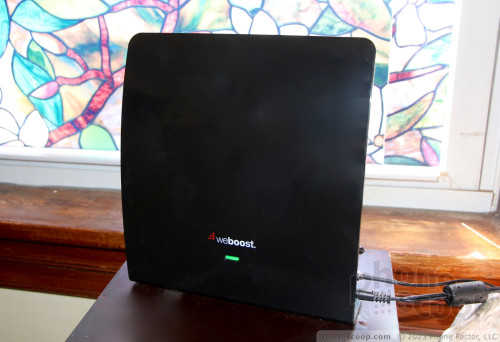
WeBoost says the Eqo should be put in the window that has the strongest existing signal. This is something you have to test yourself. It helps if you know where your carrier's closest cell tower is located. You'll want to aim the WeBoost in that general direction. Using either an Android phone or iPhone, walk around your place and check the coverage, not by looking at the signal bars, but by looking at a more technical and accurate signal reading called dB. WeBoost doesn't explain how to find the dB signal readings with the included paperwork; instead, it sends you to its web site with instructions on how to locate the proper phone settings. They're buried. It's a bit of a hassle.
I'm lucky. I live close to New York City and have decent LTE service from all four major carriers at my house. That means I'm not necessarily the target market for the WeBoost Eqo. Maybe you live in a more rural area, or just an odd dead zone. But I was still able to see how much the signal improved, giving us an idea how it might work for you.
In my house, the spot with the strongest AT&T signal was my bedroom; not really an ideal location, but doable. The spot with the second-strongest AT&T signal was my upstairs bathroom, but there's no room in there for the Eqo. Pretty much everywhere on the first floor of my house gave me a worse signal reading than upstairs, and my basement dropped even more. I chose to set up the Eqo in my bedroom.
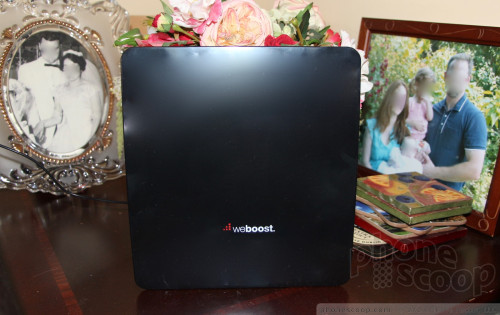
If you live in an apartment with a single window, you don't really have any options; the Eqo more or less has to go there. That might not work for everyone and limits the scenarios under which the Eqo may be helpful. This is especially true if your carrier's nearest cell tower is on the other side of your building.
The main booster is a pretty big unit, measuring 12 inches tall, 9 inches wide, and 4 inches deep. I was able to balance it on my window sill, but you may be better off putting it on a small table near the window (especially if your sills are narrow). WeBoost says it tried to make the Eqo look nice enough so that it blends in with your home decor. That's kind of laughable. It's a black box in your window. I mean, it's not a hideous-looking thing, but it's obviously an electronic device of some type.
Then there's the antenna. It's just a little bit smaller than the booster. The antenna needs to be positioned at least 6 feet (and preferably 8 feet or more) away from the booster. The two are connected by a coax cable that stretches up to 25 feet. The antenna can sit on a table or hang from a wall. WeBoost suggests people stay about a foot away from the antenna. That's mildly scary.
With the booster and antenna in place, plug the Eqo booster into a power strip. The device sets itself up in about 60 seconds. If the one-and-only light is green, you're good. If it flashes orange or red, you may need to move the antenna around or reposition things.
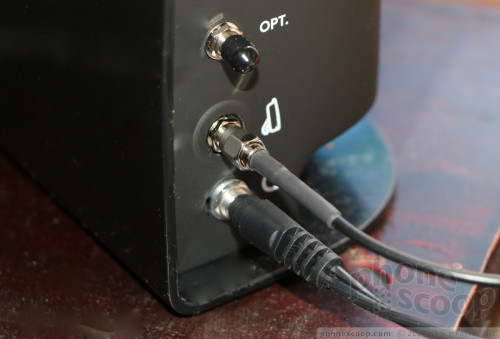
As I said, setup is simple(ish).
Does It Work?
WeBoost claims the Eqo delivers a maximum 32x improvement in signal strength, which equates to a dB change between -12dB and -14dB. My numbers were pretty much on target.
It's worth noting that signal bars only loosely represent signal strength, which is why looking at the dB measurements is vital. Also, signal strength is logarithmic. If you improve the signal from -110dB to -100dB, that's a 10x improvement in strength. If you improve from -110dB to -90dB, that's a 100x improvement in strength. Improvements of just 5 or 10 dB are enough to make a huge difference in call connection and quality.
I tested the WeBoost Eqo with multiple AT&T and Verizon Wireless devices. My house measures about 1,800 square feet, which is a bit more than the estimated 1,200 square feet of coverage provided by the Eqo. I noticed a modest improvement in signal performance at every point in my house. In the real world, that means a slight increase in data speeds, and more reliable call performance.
In my bedroom, the bathroom, and another bedroom upstairs, signal strength improved by 10dB. That's respectable. My office, which is on the opposite side of the house (but also on the second floor) saw signal improve by 8dB. Downstairs, the gains were less noticeable. The average improvement was about 5dB. Signal strength in my basement improved by 3dB.
The potential gains offered by the Eqo vary by band. For example, lower bands, such as 700 MHz (bands 12, 13, and 17), will see less overall improvement than higher bands, such as 1900 MHz (bands 2 and 25).
However, the Eqo provided just enough of an improvement in real-world performance that I was able to notice. Perhaps most importantly, calls on Verizon's network were less likely to drop after I installed the Eqo. This was the most marked change. I'd say calls were just a little bit more reliable on AT&T. The increase in data speeds averaged about 10% per carrier.
Just to be thorough, I moved the Eqo to several other rooms around the house to see if there was any significant change in performance. There was not. Placing the Eqo in my bedroom, (where existing signal was the strongest,) delivered the biggest improvement.
Conclusion
At the end of the day, the Eqo does what WeBoost claims: it improves indoor cellular performance enough to make a difference.
Would I recommend the Eqo? If you already have good cellular coverage or in-home WiFi, you probably don't need the Eqo. Remember, most carriers offer WiFi calling now, so WiFi is a viable alternative for improving both data and voice performance at home.
If you live in an area where cellular coverage is spotty — especially rural areas where LTE buildouts aren't as dense — the Eqo makes a lot more sense. In my experience with the Eqo, the biggest and most obvious improvement centered around connecting and maintaining voice calls. If voice calls are important to you and WiFi isn't an option, the Eqo may be the solution to your problem. It provides just enough of a boost to make a difference.
The WeBoost Eqo costs $349. It is available online directly from WeBoost.
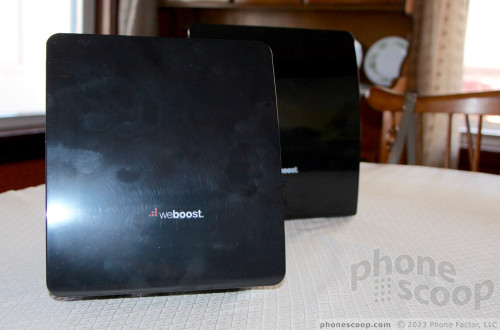
Comments
had me until $349
great article!!


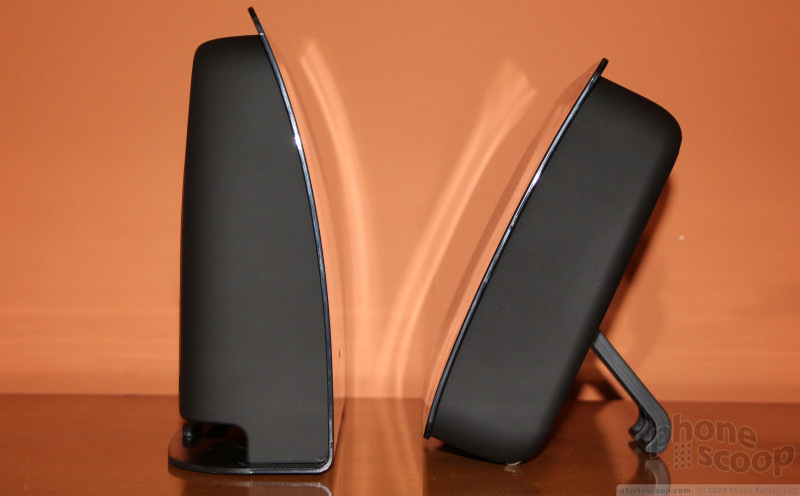





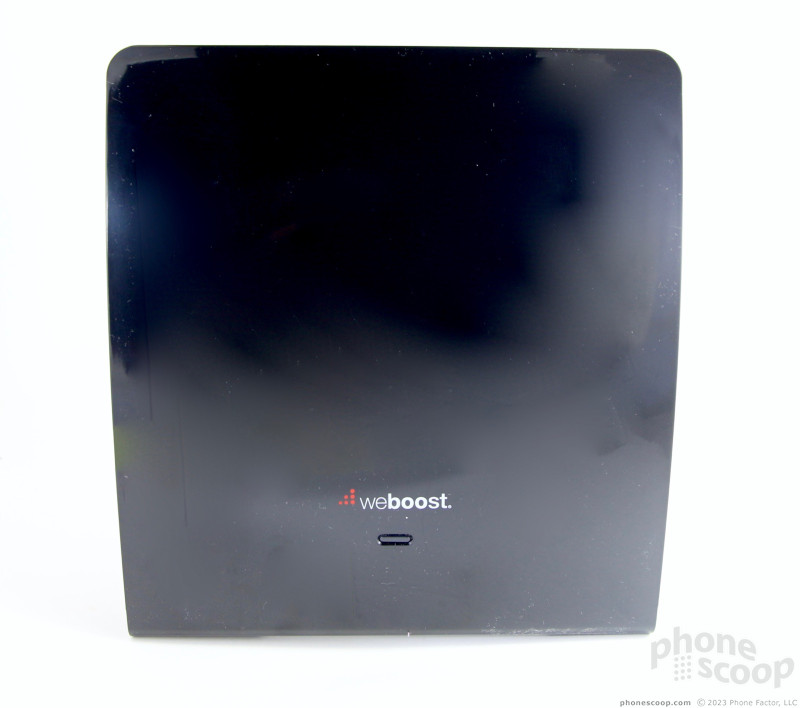




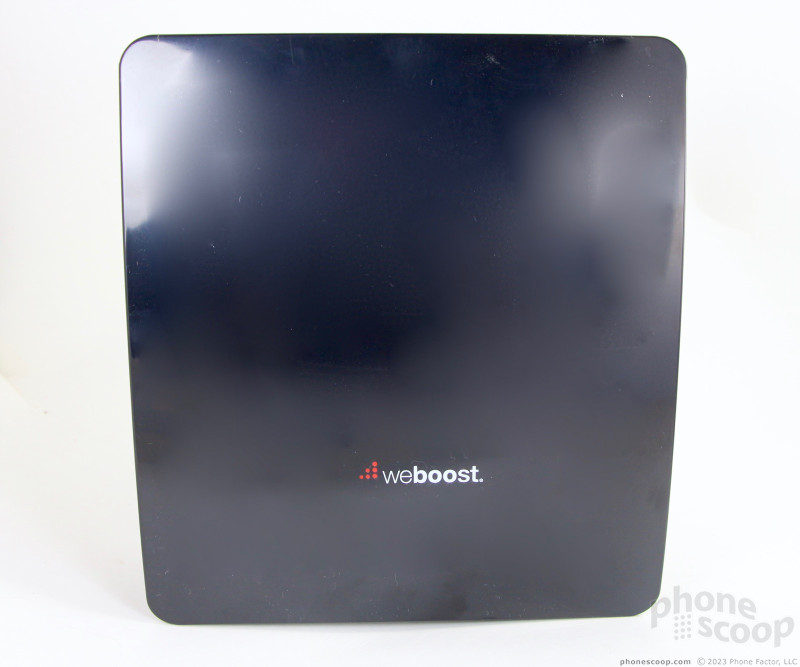





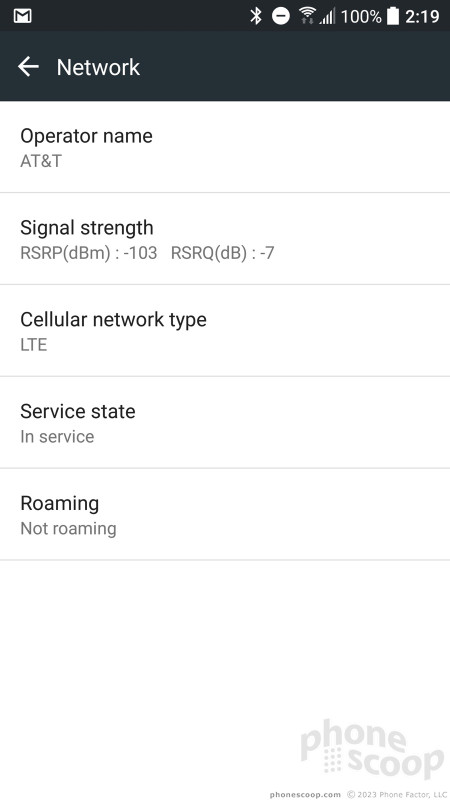





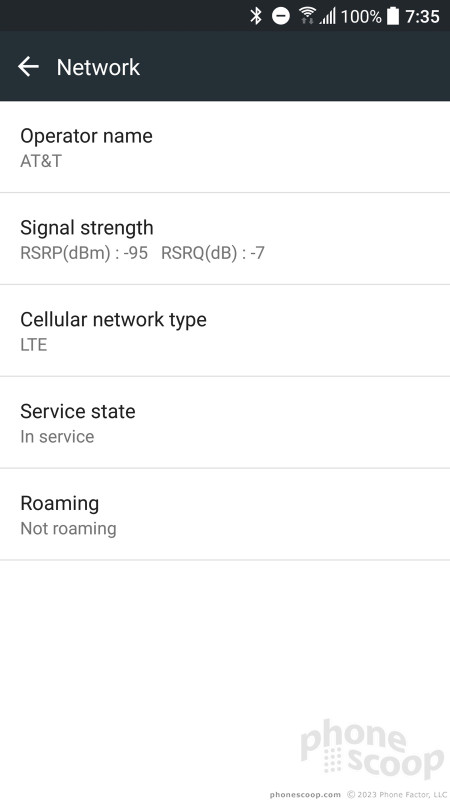




 Moto Intros razr Ultra, its New Flagship Foldable
Moto Intros razr Ultra, its New Flagship Foldable
 This Year's moto g stylus is a Better Value
This Year's moto g stylus is a Better Value
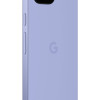 Google Intros Pixel 9a
Google Intros Pixel 9a





